By W. F. Strong
Broadly speaking, there are two kinds of neighborhood cultures in Texas: high security and low security.
My wife is high security and I’m low security, by tradition. She was raised in Mexico, in a compound surrounded by the classic 12 foot walls with shards of glass embedded on top. I was raised in rural Texas, in a house, with an acre of yard and no walls or fences. We locked our doors at night, if we remembered.
These childhood influences carry over. My wife loves these new, inexpensive security cameras. She has six that cover the outer perimeter and four pointing inward. I told her it feels strange having four cameras watching me in the house. She said, with a smile, “Four that you know of.” She says, “It’s not about watching you or the kids; it’s about knowing where everybody is. It’s a mama thing.”
This is an interesting contrast to my life as a boy in small town Texas. There, nobody I knew locked their doors, except maybe at night. My mom’s idea of locking up for the night was to latch the screen door. You know, put the metal hook through the eyelet. She liked leaving the heavy inner door open so the night breeze could flow through the house. “Air vitamins,” she called it.
Everybody in my neighborhood would lock all their doors when they went on vacation. Yet we all knew that the key to the front door was under the doormat. And any number of neighbors would use that key to put the gathered newspapers or mail into their foyer so passing strangers wouldn’t know they weren’t home. One neighbor down the block, Mr. Jones, kept his key near the back door, third pot to the right, pushed into the dirt. You’d have to dig a bit to find it. Some around there thought that was excessive, said, “Mr. Jones was a bit paranoid.”
People also kept their car keys conveniently stored above the driver’s visor or in the unused ash tray or glove compartment. I remember a farmer, who lived nearby, calling me once and asking if I’d go over to house and drive his 3500 GMC out to the farm for him. He needed some tools that were in it. I asked if the keys were in the truck and he said, “Of course. Right there above the visor. Where else would they be? That’s how come I never lose ‘em.”
That was true. People never much lost their keys then. They were always where they ought to be, under the mat, above the visor. I can remember my mom saying, “One of you boys didn’t put the key back under the mat. Find it and put it back.” It did seem odd to go to the trouble to have a lock on a door and leave the key in such an accessible place. Might as well tape it on the door.
After all these years, I’ve drifted into a more high-security life, myself. Everything is locked and double-locked. Even if I go outside during the day for more than five minutes, I’ll find my wife has locked me out and I’ll have to knock to get back in. Wouldn’t be surprised if she soon asks for the password-of-the-day for re-entry.
